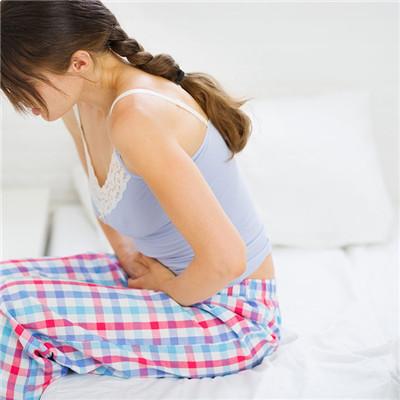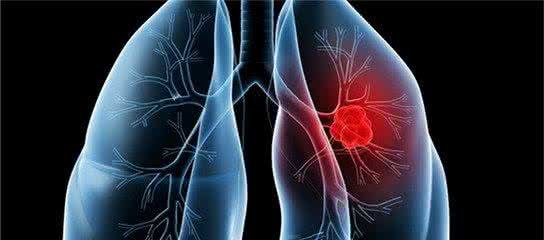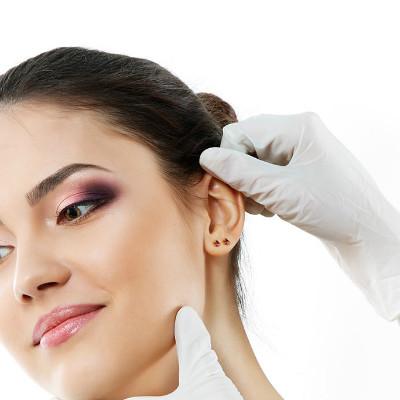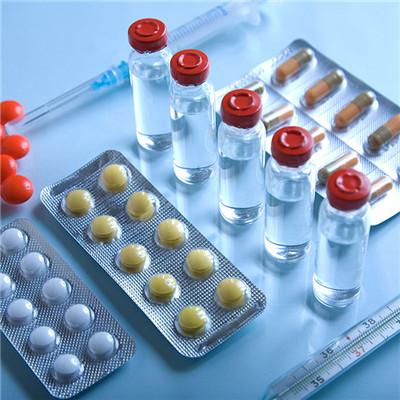Picture of symptoms of rubella in children
summary
Rubella in children is an acute respiratory infectious disease caused by rubella virus. Its clinical features are mild upper respiratory tract inflammation, fever, systemic red macular papules, retroauricular, occipital and cervical lymphadenopathy. The symptom picture of child rubella? Next, I'd like to share my views with you.
Picture of symptoms of rubella in children
1-2 days before eruption, the symptoms were mild or no obvious prodromal symptoms. There may be low or moderate fever, headache, anorexia, fatigue, cough, sneezing, runny nose, sore throat, conjunctival congestion and other mild upper respiratory tract inflammation; Occasionally vomiting, diarrhea, epistaxis, gingival swelling, etc. Rose or hemorrhagic macula could be seen in pharynx and soft palate of some patients.
The rash first appeared in the face and neck after 1 ~ 2 days of fever. The rash covered the trunk and limbs within 24 hours, but there was no rash on the palms and soles of the feet. The rash was light red fine spot, macular papule, or papule, with a diameter of 2 ~ 3 mm. The skin between the rashes was normal. The rash on the face and distal extremities is sparse, and it is similar to measles after partial fusion. The skin rash on trunk and back is dense and confluent, similar to scarlet fever rash.
The rash usually lasts for 1-4 days and subsides. The rash stage is often accompanied by low fever and mild upper respiratory tract inflammation. At the same time, the systemic superficial lymph nodes were enlarged, especially in the retroauricular, occipital and cervical lymph nodes. The enlarged lymph nodes had mild tenderness, no fusion and no suppuration. Mild splenomegaly. When the rash subsided, the body temperature returned to normal, and the systemic symptoms disappeared. The spleen and superficial enlarged lymph nodes subsided slowly, often lasting for 3 to 4 weeks.
matters needing attention
During the epidemic period of rubella, try not to bring susceptible children to public places and avoid contact with rubella patients. Strengthen medical observation on close contacts, pay attention to rash and fever, so as to find out patients as soon as possible. The contact classes of kindergartens should be isolated from other classes during the incubation period, and no new students should be admitted to prevent transmission.















